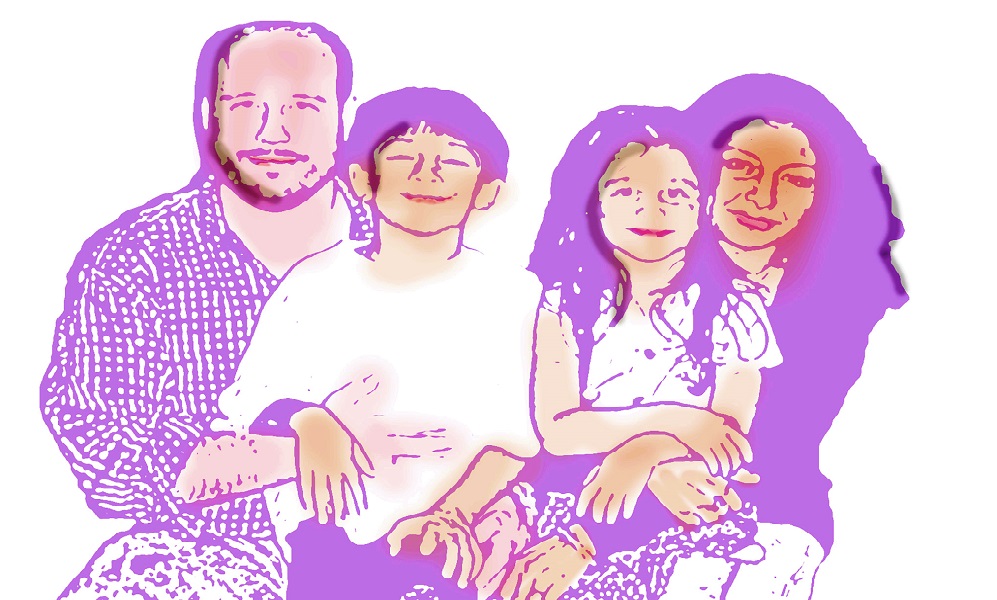
I first noticed that I saw color differently when I drew pictures of my Dad with a green beard and puzzled the adults around me. While adjusting beard color was a simple fix, it made skin color even more difficult to choose. How could my Irish-American Dad’s “brown” beard be the same color as my Indian Mom’s “brown” skin?
My parents never pointed to their skin and designated it a specific color, so I made my own assumptions: every couple consisted of a lighter person and a darker one. This kid-logic reflected my parents, both sets of my grandparents, and even my great-grandparents. I scoffed at my Mom as she explained that she was chocolate and Dad was vanilla. I realized my parents were not the same but their apparent colors did not reflect what I saw. Mom seemed more cinnamon and my Dad strawberry-vanilla. I didn’t realize that it mattered that they were different colors. I never thought two skin tones could be the same. It never occurred to me that society treated them differently.
[Read Related: Your Natural Skin is Beautiful: Conquering Colorism in the South Asian Community]
Dark and light made sense to me, but I struggled to see color in the way that was expected. As a child, I was white. I looked in the mirror and saw my Dad’s daughter. Adults told me that I look like my Dad—my brown hair is a shade lighter than my brother’s dark locks. Maybe I saw myself as white because of the predominantly white neighborhood in which we lived. Looking back at photos of my brother and me as children, I still think we look white. My Indian Grandma once told me that as I got older, my skin would become darker, like hers. I went home in tears because that meant my Mom, who was darker than Grandma, must be very old, and therefore close to death.
The realization that I was different came in time for kindergarten to begin. My best friend painted her legs with brown watercolor to look more like me. Finally I began to understand that when other people saw me. They saw me like I saw my Mom. This awareness continued to develop through grade school when a classmate promptly “corrected” my crayon selection for a self-portrait. As I finished with the dark brown crayon, my friend exclaimed, “Yeah, that looks more like you.” I stared at my portrait and thought otherwise, but I turned it in anyway.
[Read Related: Defining My Cultural Identity: What I Learned as a Person of Color Attending a Primarily White Institution]
Color remains a curiosity for me as I meet more people who look like me and people who look like my Mom. Still, skin tone never seems so clearly black, brown, and white as society has made it out to be. I recently finished my graduate degree in Fine Arts, making my career out of color. While my Dad’s beard will forever be green in my eyes, my identity constantly morphs as my awareness grows. I am a mixed woman of color, neither white nor brown, but my own blend of shades and cultures.




